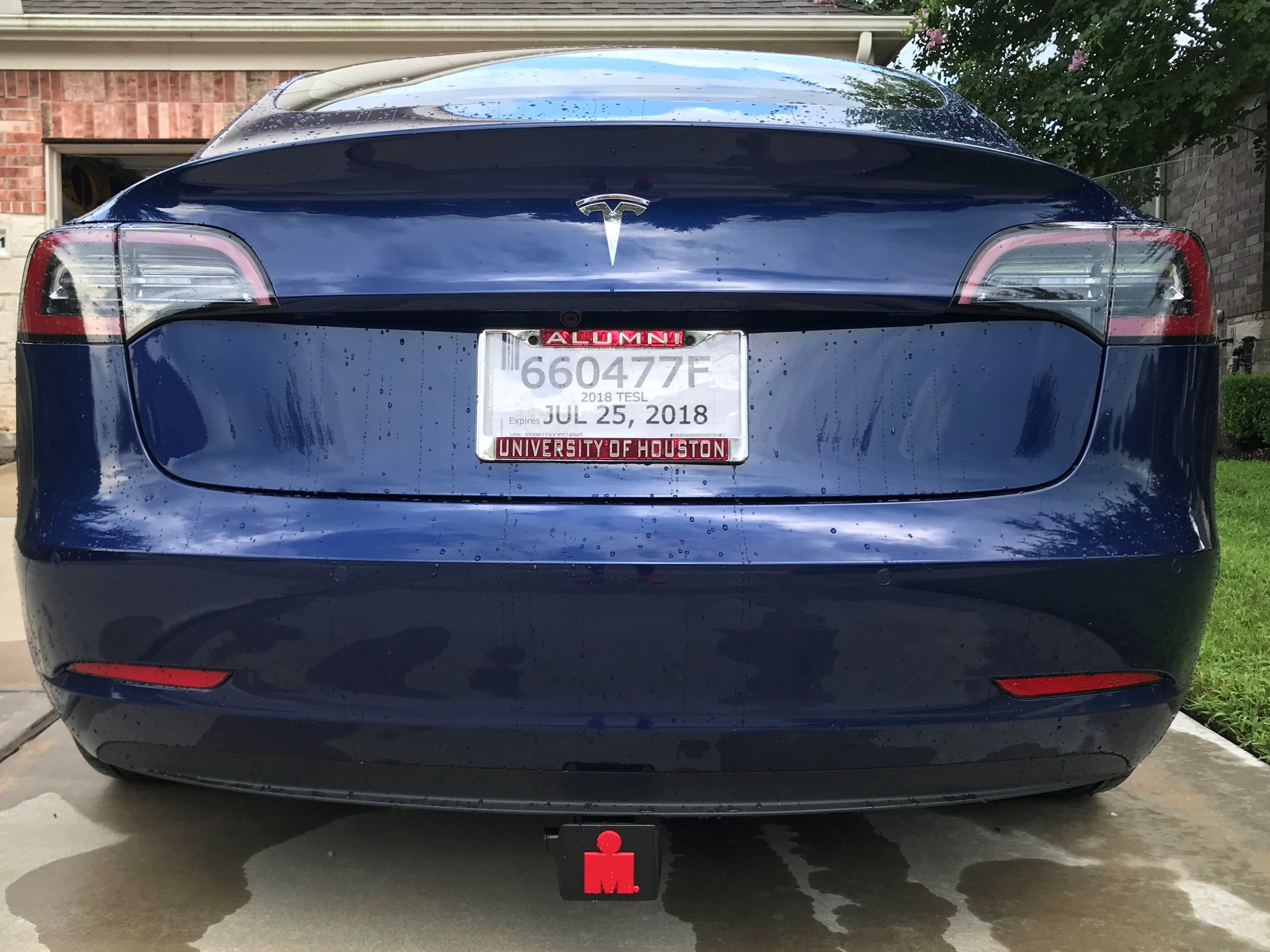Hello fellow Tesla owners and Tesla fans.
I feel like I need to post this story to share my trip experience hauling a canoe with a Tesla.
We weren't sure about this trip but as I saw this channel with other stories with kayak and other stuff mounted on top of Tesla's roof rack we decided to give it a go.
At first, I was about to tie canoe only on the roof rack using 2 ratchet straps (that is what I used to do on my Subaru Outback). I even test rode in my Model 3 on local streets in my city and everything seemed to be smooth. After speaking with a friend, I decided to get these temporary tie-down from Canadian Tire (
Hood Trunk Tie-Down | Canadian Tire) and tie both front and back of canoe to frunk and trunk.
We had a 248 km trip (155 mi). So we were guessing that our long range battery should cover more than enough to go to destination and we could supercharge on our way back to complete the ride. That's what we though....
First of all, we had a very windy week-end. I could not say exactly how strong winds were, but I'm guessing around 50-60 km/h winds (32-38 mph) probably more than that. Canoe held ok afterall. Just before mid-trip, I realized we just did 100 km (63 miles) and actually consumed 200 km (125 miles). My consumption was around 240 wh/km (384 wh/Mi). I was starting to do maths while I was driving, realizing we might have some planning to do to come back of this trip.
We got there with 80 km (50 mi) left. Closest destination charging was at 12 km (8 mi). Which would mean 24 km (15 mi) of consumption. But it was only a 8kW charger. Farther, at 46 km (29 mi), there was again a destination charger, but 16kW this time, which was way more interesting. After that, we would be okay to go to a supercharger to get enough charge for our road back home. In the end, we didn't use that plan. Camp site was kind enough to let us plug on 15A/120V outlet with an extention cord. Sure it didn't charge very fast, but we were onsite for 3 day. We boosted our range up to 380 km (238 mi), enough to go directly to supercharger at 120 km (75 mi) on our way home after camping.

Fun facts: on our way back home, when I was on road, direction south, I had a consumption of 170 wh/km (272 wh/mi). So I though to myself, hey, this isn't bad after all. It was just a very windy day for both our way to camp site and to home. That was until I turned west. Consumption went back to 240-250 wh/km (384-400 wh/mi). Winds and aerodynamics are quite important on a Tesla (and on any kind of car indeed).
Back home, I had a very minor issue. This is our first car over 50k$ of value so we decided when we got it to have a full body paint protection film installed. Near the temporary frunk latch, I notice a small wrinkle on the PPF. Personnally, I don't mind too much as it doesn't show when the frunk is closed and I'm thinking to myself that the PPF did it's job of protecting the paint.
Overall, it was a great long week-end. Would I do this again? Not if the destination is more than a 100 km (63 mi) or so. I don't mind putting the canoe on top of Tesla again but energy draining was so intense (more than in winter), I don't want to plan a trip again with this kind of consumption. Unless I'm sure there will be a destination charger or at least a level 2 charger to my destination. We were lucky this time!
I hope this will help some others to decide if they'll go on trip with a canoe or not.
PS: Oh yeah, I was able to bring back this trophy ;-)





